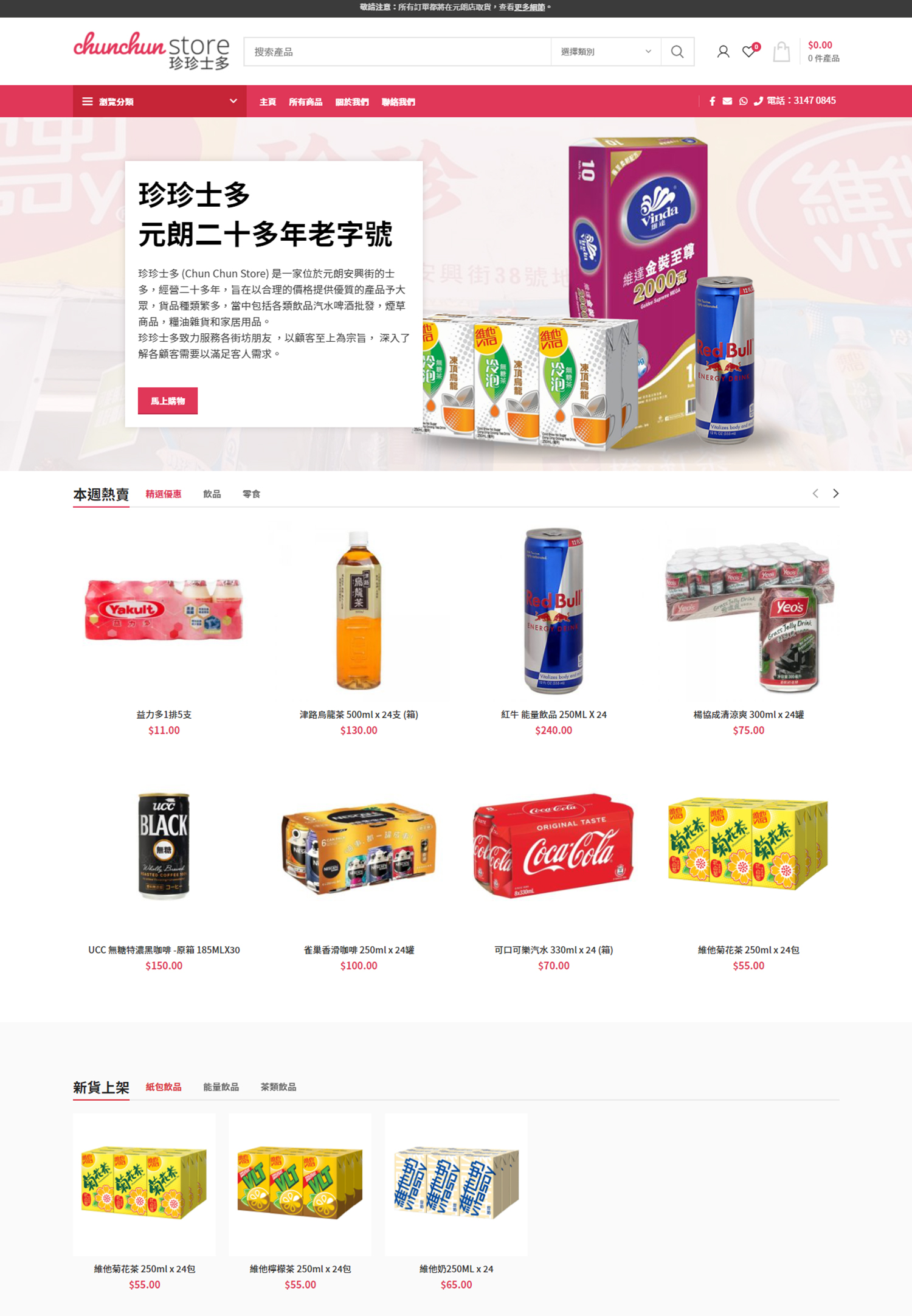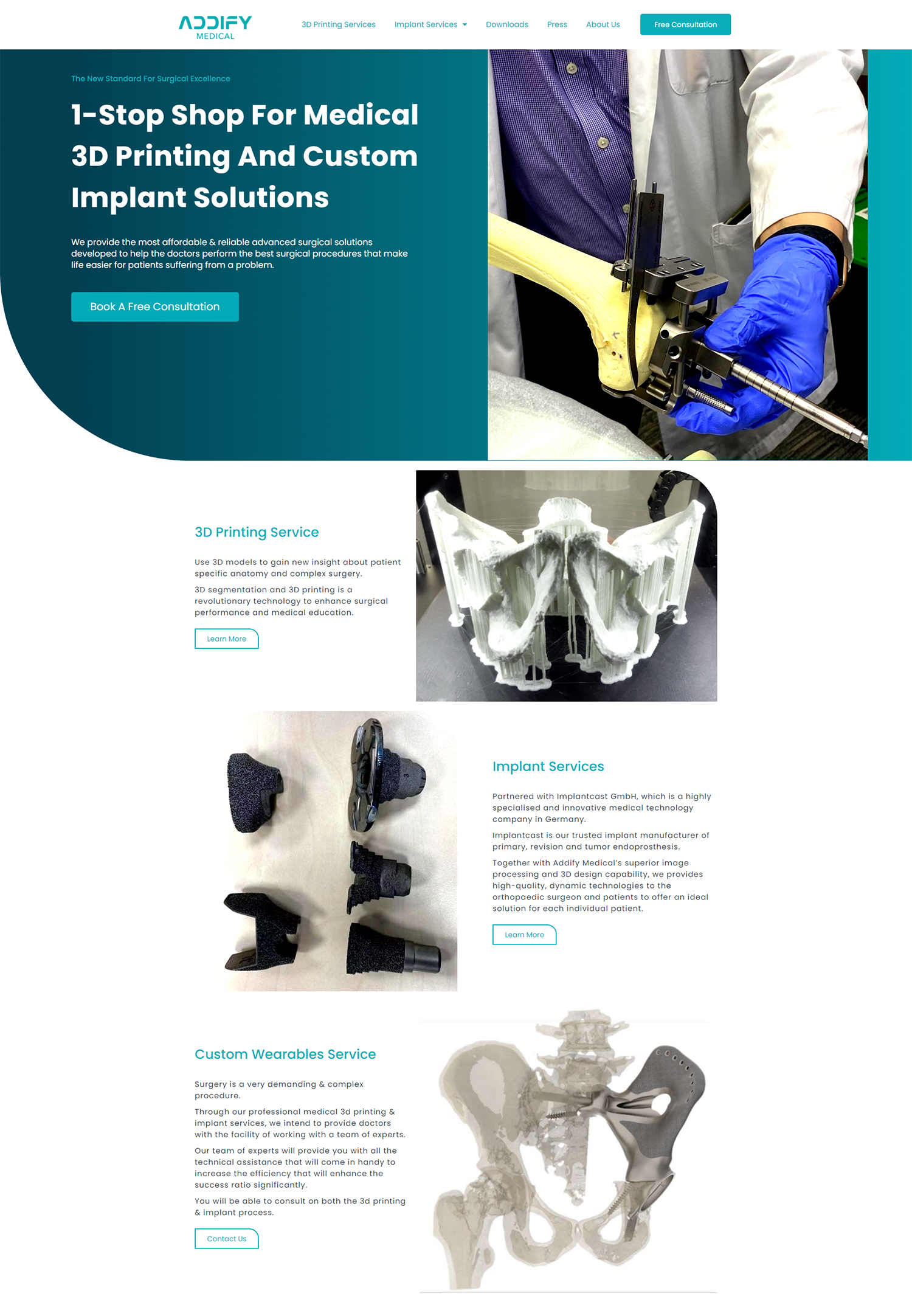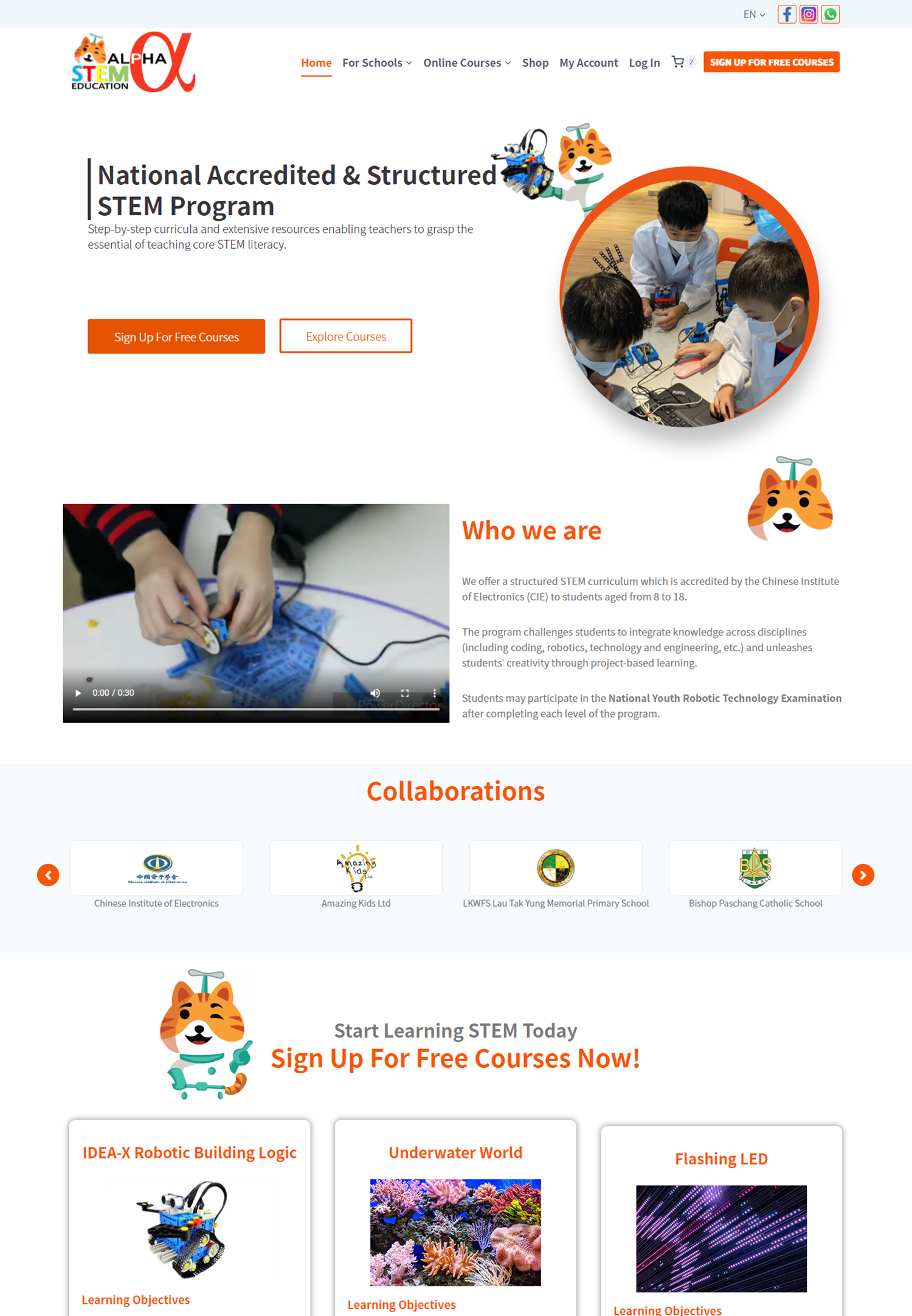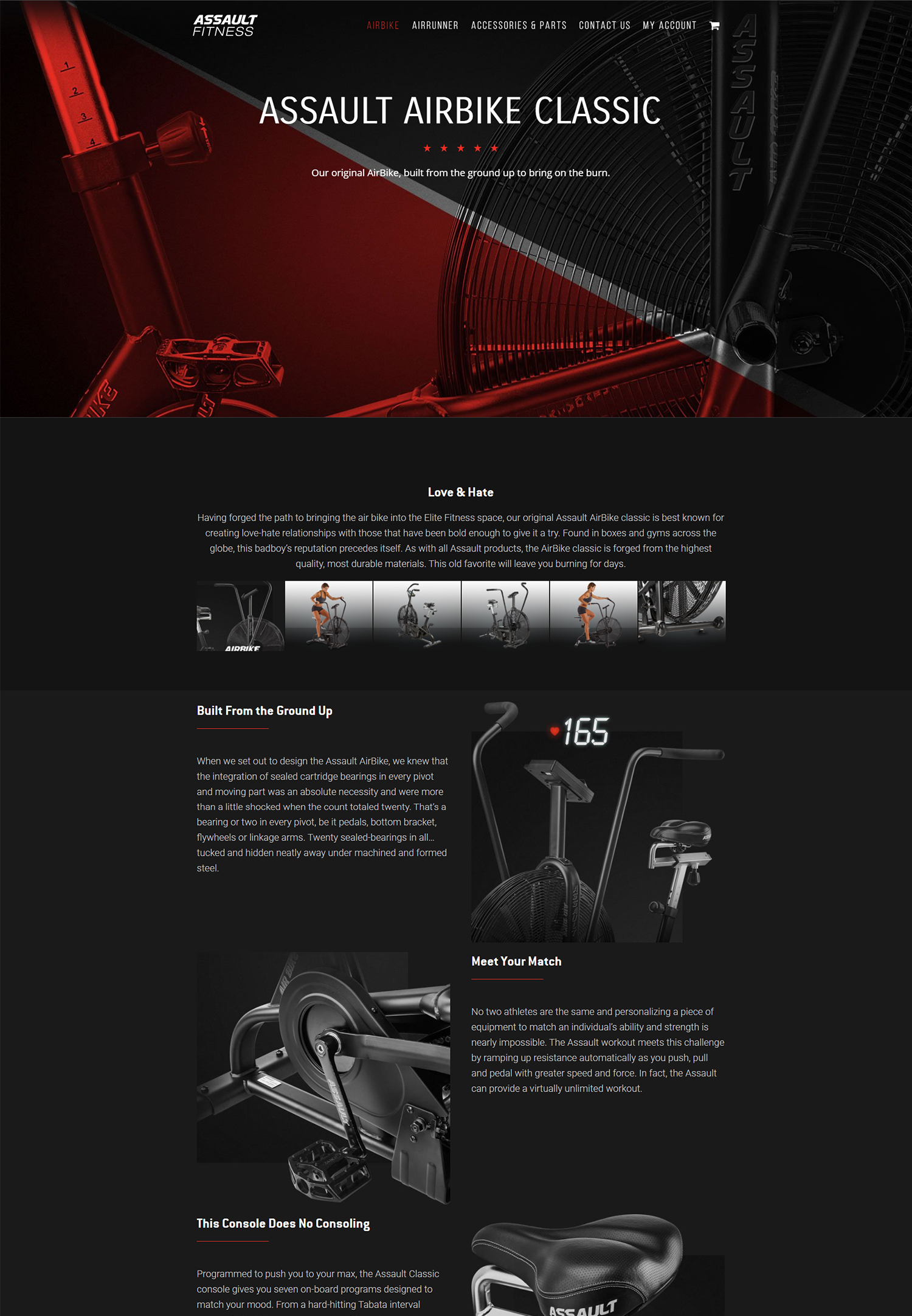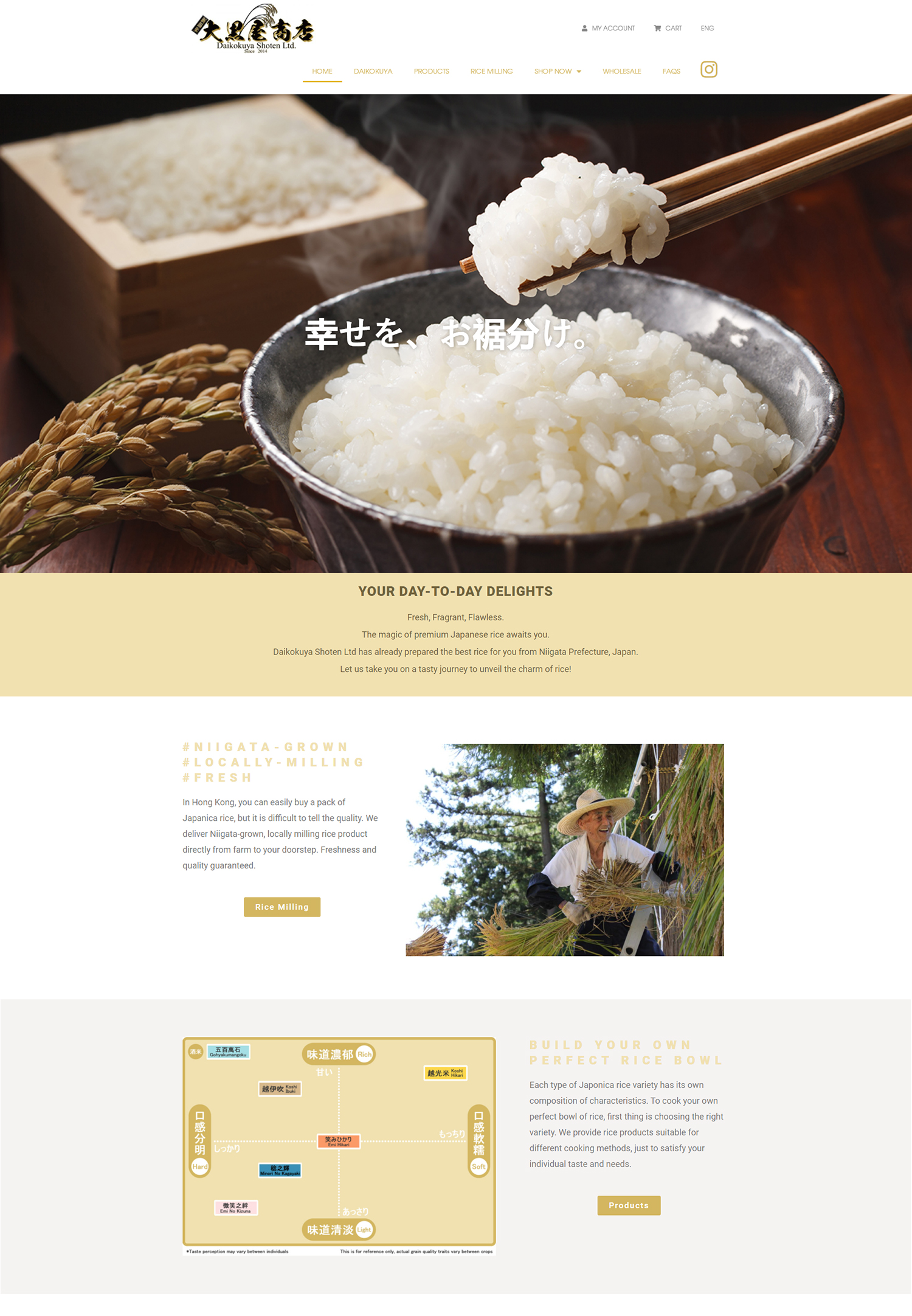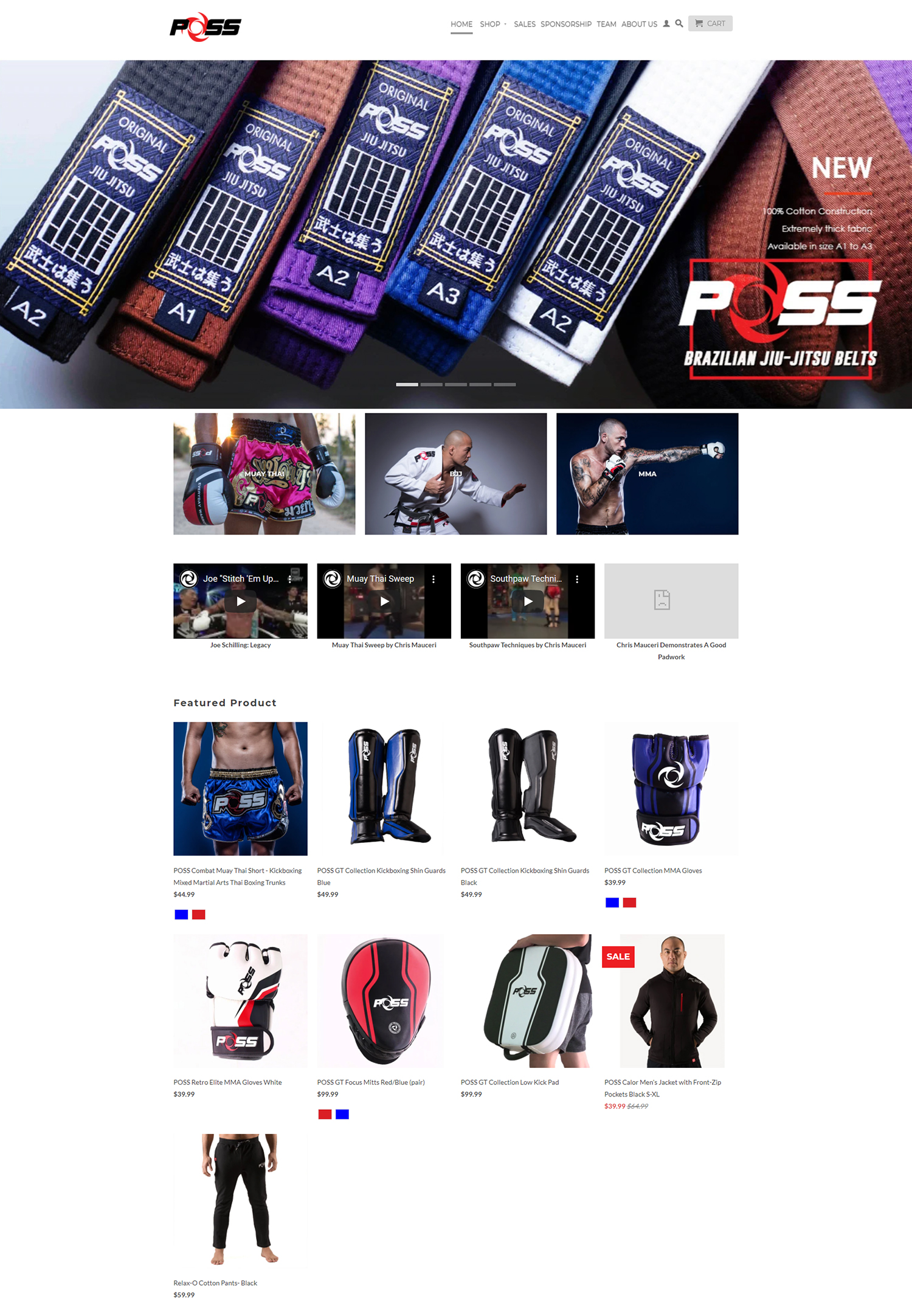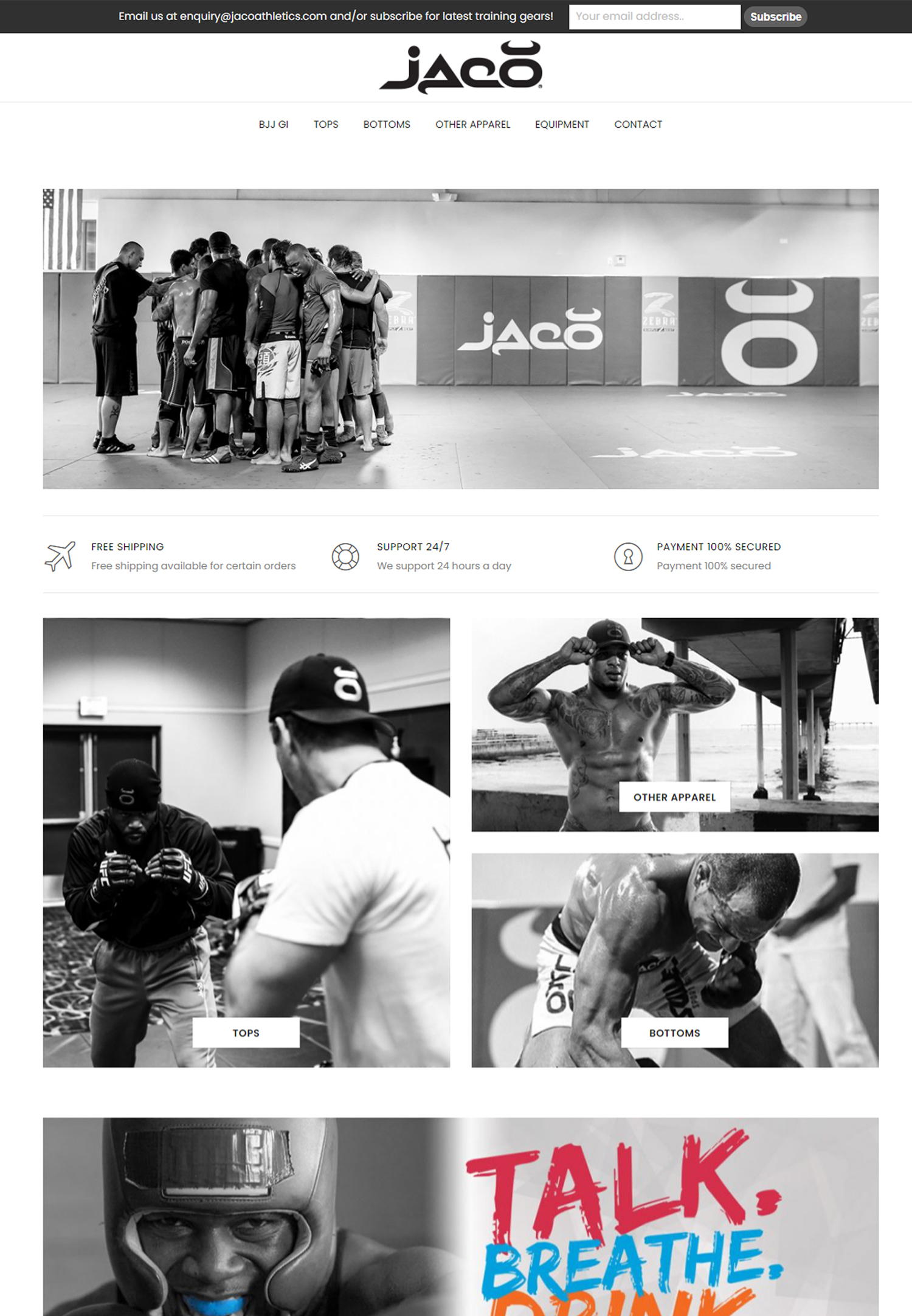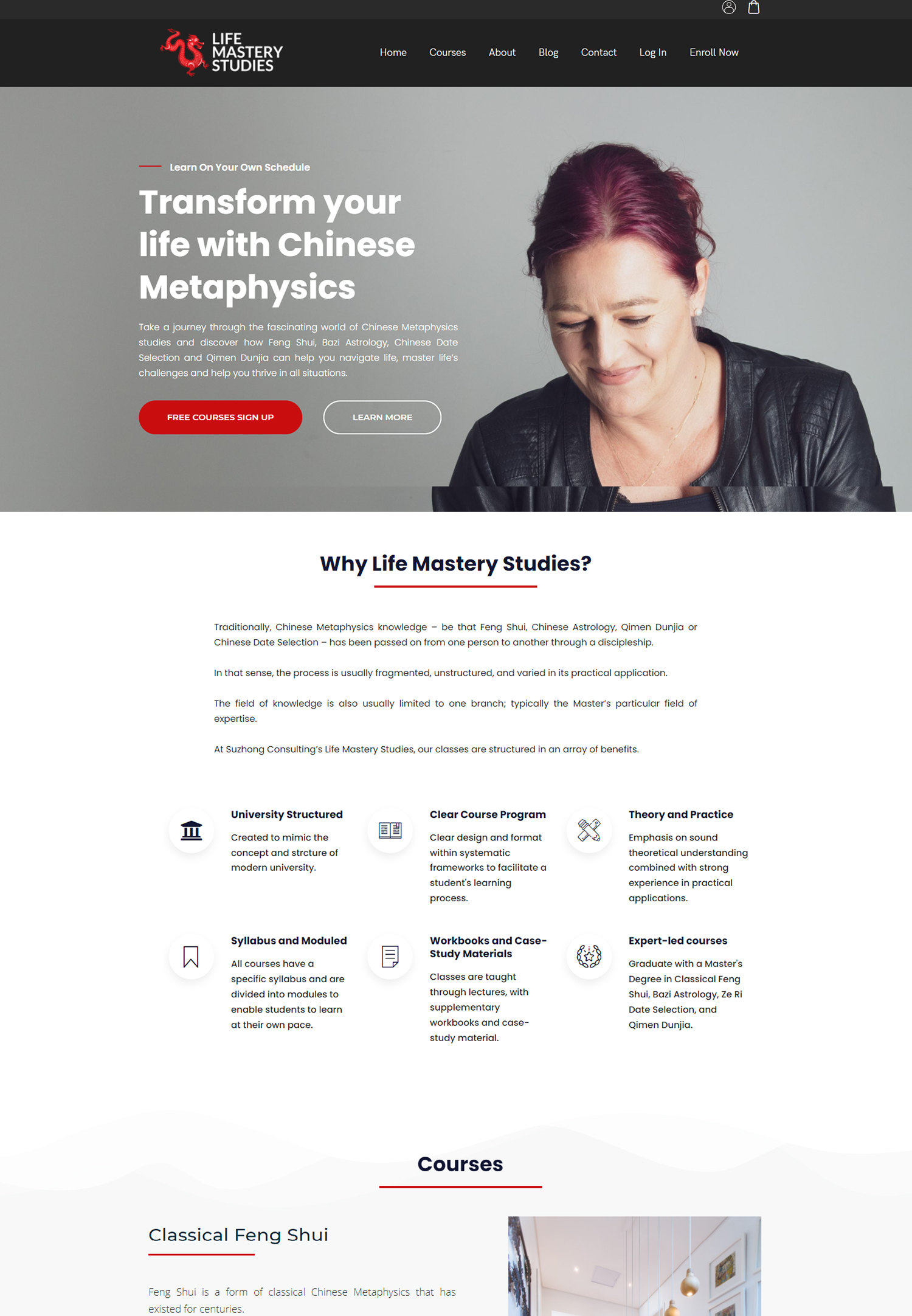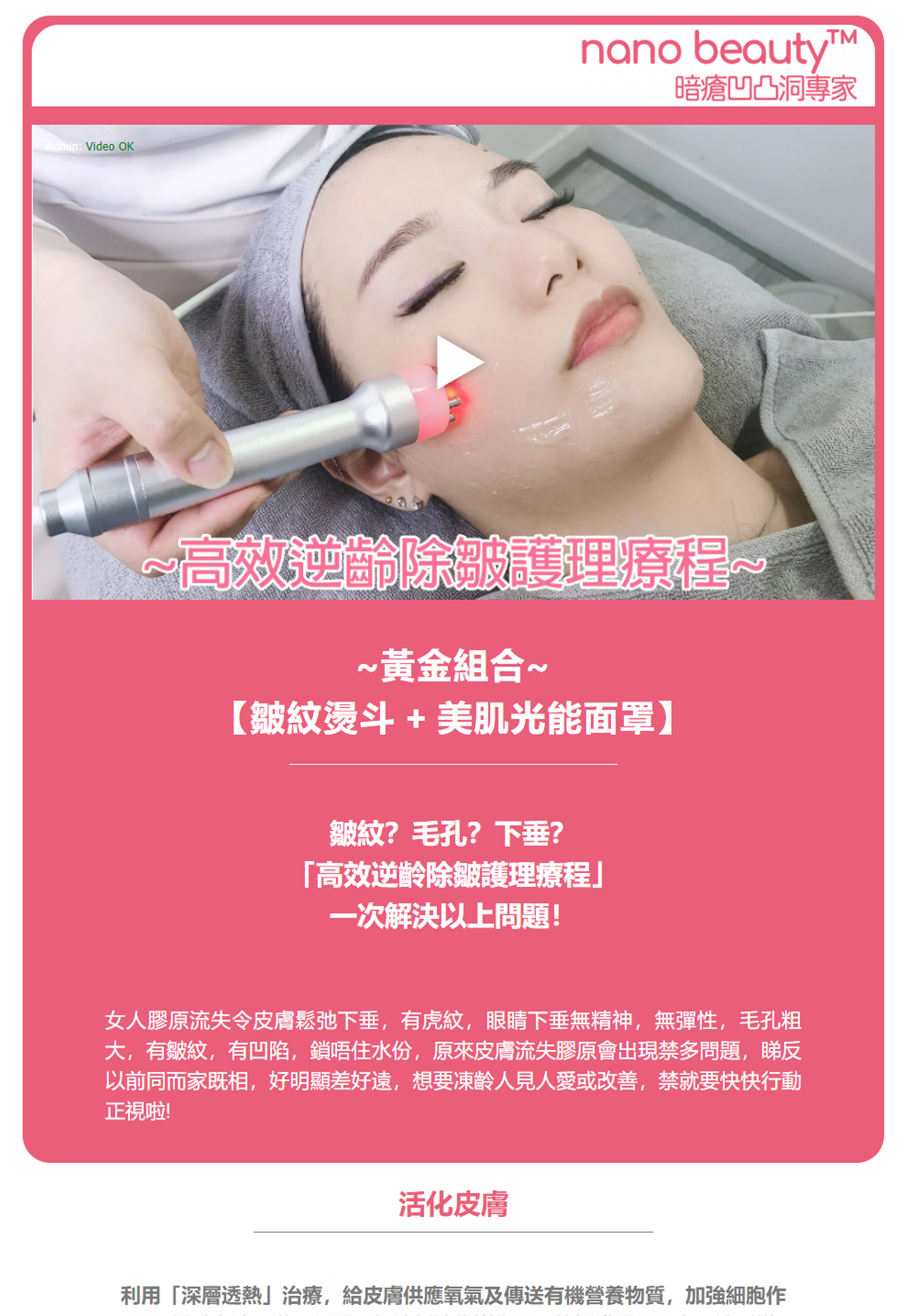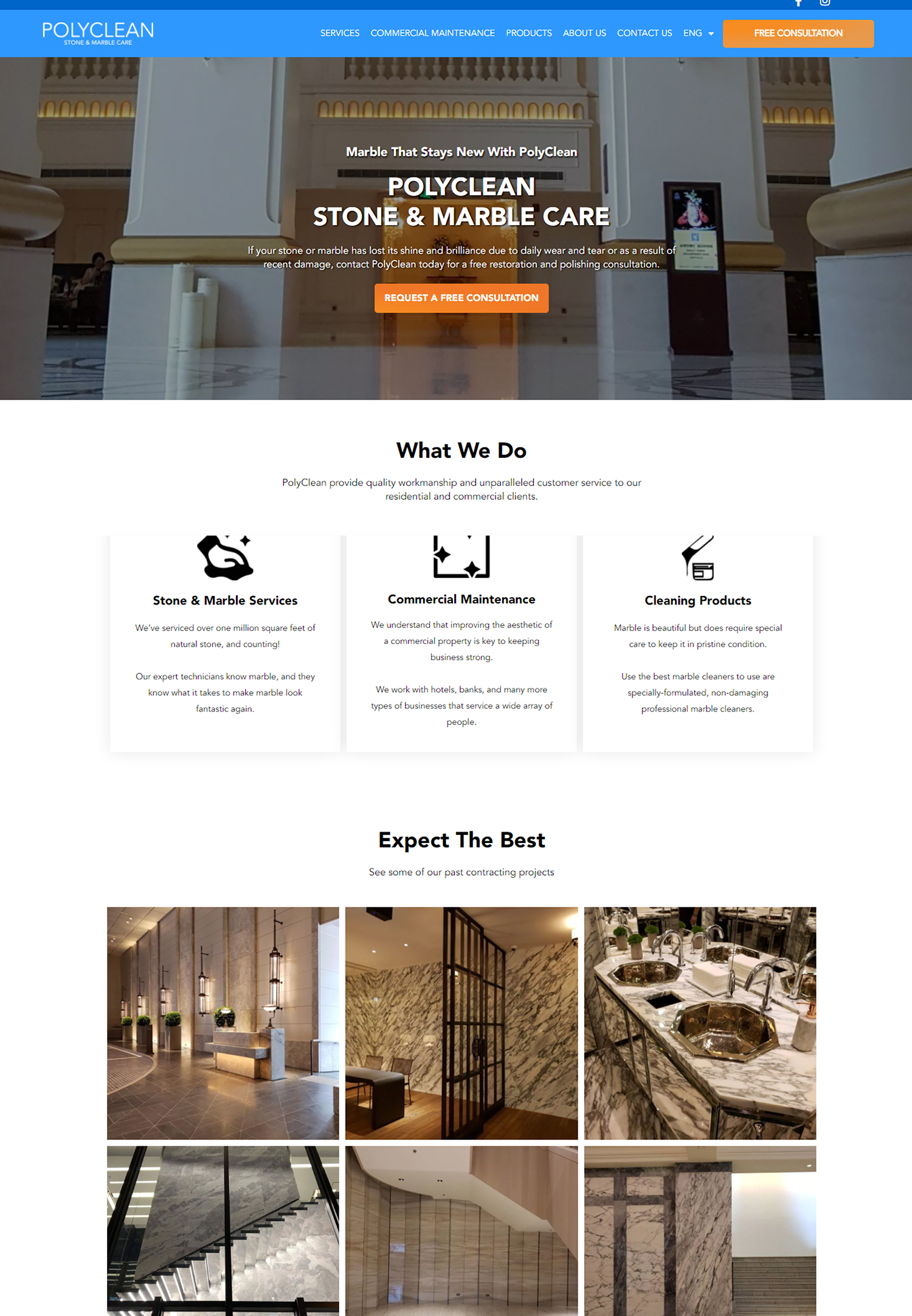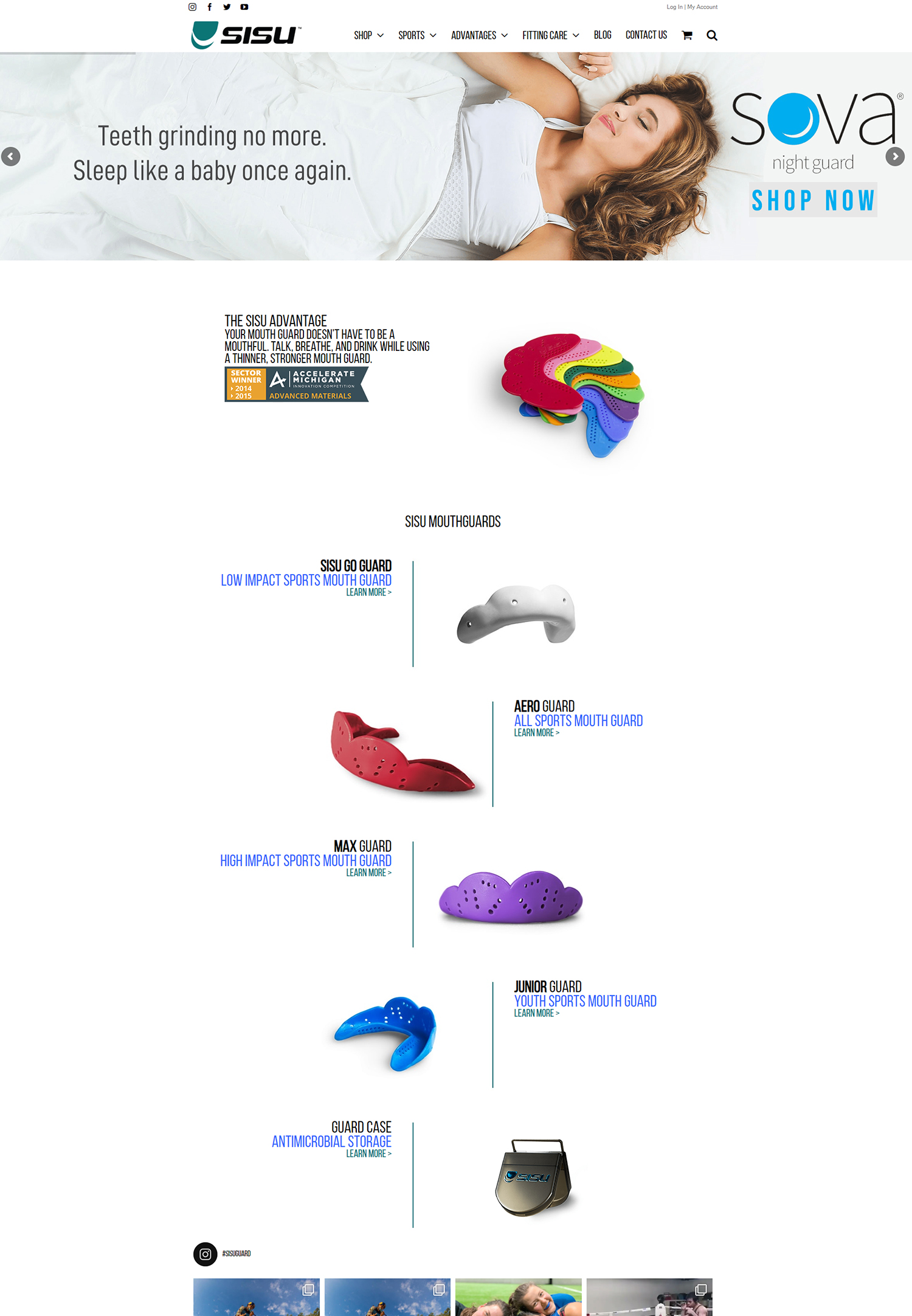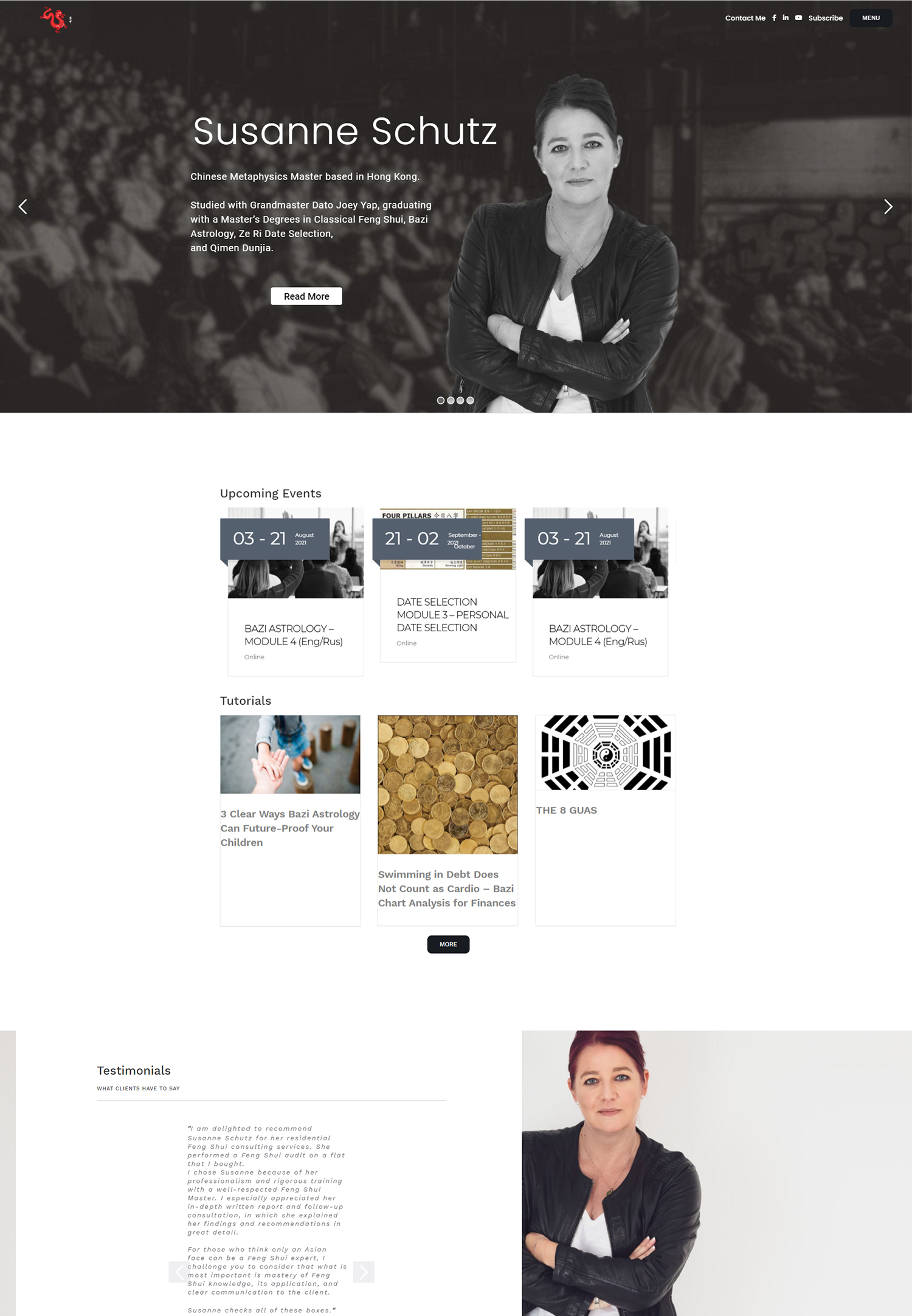A/B testing, often referred to as split testing, is a powerful method that allows us to compare two versions of a webpage, email, or any other marketing asset to determine which one performs better. By presenting two variations to different segments of our audience simultaneously, we can gather data on user behavior and preferences. This approach not only helps us make informed decisions but also minimizes the risks associated with implementing changes based on assumptions.
As we delve into the world of A/B testing, we begin to appreciate its significance in optimizing our marketing strategies and enhancing user experience. The essence of A/B testing lies in its simplicity and effectiveness. We can think of it as a scientific experiment where we formulate a hypothesis, test it, and analyze the results.
By isolating specific variables, we can pinpoint what influences user engagement and conversion rates. This method empowers us to make data-driven decisions rather than relying on gut feelings or outdated practices. As we embrace A/B testing, we unlock the potential to refine our strategies continuously, ensuring that our efforts resonate with our audience and drive meaningful results.
Key Takeaways
- A/B testing involves comparing two versions of a webpage or app to determine which one performs better.
- Key elements to test include headlines, call-to-action buttons, images, and layout.
- Setting clear goals and metrics is essential for measuring the success of A/B testing.
- It’s important to test one element at a time to accurately determine its impact on performance.
- Utilizing A/B testing tools and software can streamline the testing process and provide valuable insights.
Identifying Key Elements to Test
When embarking on an A/B testing journey, the first step is identifying the key elements we want to test. This could range from headlines and call-to-action buttons to images and overall layout. Each component plays a crucial role in shaping user experience and influencing their decisions.
By focusing on specific elements, we can gain insights into what resonates with our audience and what falls flat. It’s essential for us to prioritize these elements based on their potential impact on our goals. Moreover, we should consider the context in which these elements exist.
For instance, a compelling headline might not perform well if it’s paired with an unappealing design. Therefore, we must take a holistic approach when selecting elements for testing. By understanding the interplay between various components, we can create more effective variations that enhance user engagement.
As we identify these key elements, we set the stage for meaningful experiments that can lead to significant improvements in our marketing efforts.
Setting Clear Goals and Metrics
Before diving into A/B testing, it is imperative for us to establish clear goals and metrics that will guide our experiments. What do we hope to achieve through testing? Whether it’s increasing click-through rates, boosting conversions, or enhancing user retention, having well-defined objectives allows us to measure success accurately.
We should ensure that our goals are specific, measurable, achievable, relevant, and time-bound (SMART). This clarity will help us stay focused throughout the testing process. In addition to setting goals, we must also determine the metrics that will indicate whether we have achieved those goals.
Metrics such as conversion rates, bounce rates, and engagement levels provide valuable insights into user behavior. By tracking these metrics during our A/B tests, we can assess the effectiveness of each variation and make informed decisions about which direction to take. Establishing clear goals and metrics not only streamlines our testing process but also enhances our ability to communicate results to stakeholders.
Testing One Element at a Time
One of the fundamental principles of A/B testing is the importance of testing one element at a time. This approach allows us to isolate the impact of each variable on user behavior without introducing confounding factors. For instance, if we were to change multiple elements simultaneously—such as the headline, image, and call-to-action button—we would struggle to determine which change led to any observed differences in performance.
By focusing on a single element, we can draw clearer conclusions about its effectiveness. Testing one element at a time also simplifies the analysis process. When we have a clear understanding of which variable was altered, interpreting the results becomes more straightforward.
This methodical approach not only enhances our confidence in the findings but also enables us to replicate successful changes in future tests. As we adopt this practice, we cultivate a culture of precision and clarity in our A/B testing endeavors.
Utilizing A/B Testing Tools and Software
In today’s digital landscape, numerous tools and software solutions are available to facilitate A/B testing. These platforms streamline the process of creating variations, distributing them to users, and collecting data on performance metrics. By leveraging these tools, we can save time and resources while ensuring that our tests are executed efficiently.
Popular options include Google Optimize, Optimizely, and VWO, each offering unique features tailored to different needs. Utilizing A/B testing tools not only enhances our efficiency but also provides us with advanced analytics capabilities. Many of these platforms offer real-time reporting and insights that allow us to monitor performance as tests progress.
This immediate feedback loop enables us to make timely adjustments if necessary and ensures that we are always aligned with our goals. As we explore these tools, we empower ourselves to conduct more sophisticated tests that yield actionable insights.
Analyzing and Interpreting Results
Once our A/B tests have concluded, the next critical step is analyzing and interpreting the results. This phase requires us to dive deep into the data collected during the experiment. We should compare the performance of each variation against our established metrics and goals.
Statistical significance plays a vital role here; it helps us determine whether the observed differences are likely due to chance or if they reflect genuine user preferences. As we analyze the results, it’s essential for us to remain objective and avoid confirmation bias. We must be willing to accept outcomes that may not align with our initial hypotheses or expectations.
This openness allows us to learn from every test—whether successful or not—and refine our strategies accordingly. By interpreting results thoughtfully, we can extract valuable insights that inform future decisions and contribute to our ongoing optimization efforts.
Implementing Changes Based on Data
After analyzing the results of our A/B tests, it’s time for us to implement changes based on the data gathered. If one variation significantly outperformed the other, we should consider adopting it as the new standard for our marketing asset. However, it’s crucial for us to approach this implementation phase with care.
We must ensure that any changes align with our overall strategy and brand identity. Moreover, implementing changes is not a one-time event; it’s part of a continuous cycle of improvement. As we integrate successful variations into our marketing efforts, we should remain vigilant in monitoring their performance over time.
This ongoing evaluation allows us to identify any shifts in user behavior or preferences that may necessitate further adjustments. By committing to data-driven implementation, we position ourselves for sustained success in an ever-evolving digital landscape.
Continuously Optimizing and Iterating
The journey of A/B testing does not end with a single experiment; rather, it marks the beginning of a continuous optimization process. As we gather insights from each test, we should remain committed to iterating on our strategies and refining our approaches. The digital landscape is dynamic, with user preferences constantly evolving; therefore, what works today may not necessarily work tomorrow.
To foster a culture of continuous optimization, we should establish regular testing cycles where we revisit previous experiments and explore new ideas for improvement. This iterative mindset encourages innovation and keeps us attuned to emerging trends in user behavior. By embracing this ongoing process of testing and learning, we position ourselves as agile marketers who can adapt swiftly to changing circumstances while consistently delivering value to our audience.
In conclusion, A/B testing is an invaluable tool that empowers us to make data-driven decisions in our marketing efforts. By understanding its principles, identifying key elements to test, setting clear goals and metrics, testing one element at a time, utilizing appropriate tools, analyzing results thoughtfully, implementing changes based on data, and committing to continuous optimization, we can enhance our strategies significantly. As we embark on this journey together, let’s embrace the power of experimentation and strive for excellence in everything we do.






